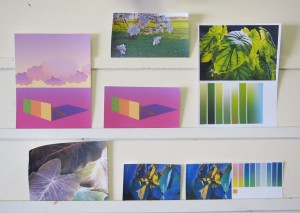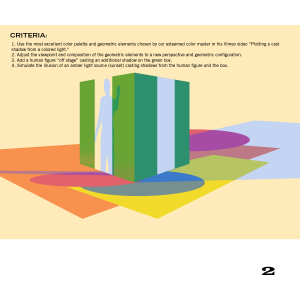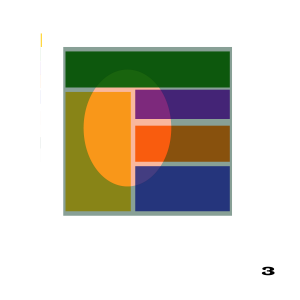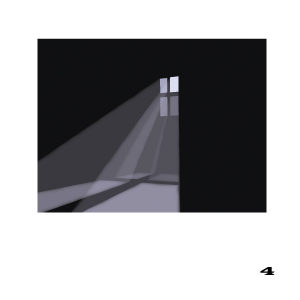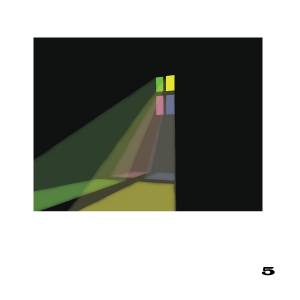The sixth and final session of the Color Relationships class for Winter 2015 was held on Friday, February 13. We analyzed a photo with colored shadows, and critiqued the colored light and shade homework assignments. A quiz provided a review of course concepts. Dick gave an introduction to his upcoming art history class.
Class recap – some key ideas
Observation and analysis
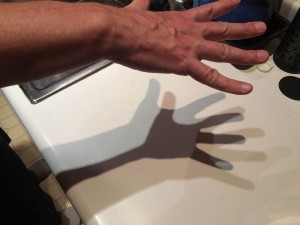 We discussed this photo taken in a kitchen at night. Three track lights mounted on the ceiling above are casting the shadows. There is some general incandescent lighting in the room, and the walls and ceiling are wood, reflecting a light golden brown color.
We discussed this photo taken in a kitchen at night. Three track lights mounted on the ceiling above are casting the shadows. There is some general incandescent lighting in the room, and the walls and ceiling are wood, reflecting a light golden brown color.
Critique – colored light and shadows
Critique of the homework studies identified a few inconsistencies, where correction could strengthen the illusion. There should always be some gray or black in a shadow, since light is always predominantly white. When possible, observe a phenomenon in real life, or by simulating in Illustrator or Photoshop, and try to match it. If a portion of the image is inconsistent with the rest, it weakens the illusion and makes the viewer disbelieve.
Dick was especially impressed with Juan’s rendering of light streaming through a stained glass window, saying he’d never seen anyone do anything like it in his 50 years of teaching, and “This is a real WOW!” Holly shared her explorations of translucency, the brilliant appearance and colors of backlit objects. She had discussed the phenomenon with Dick, and he advised observing carefully and taking notes, to identify what factors are key to recognizing and creating it. Our minds do all these calculations for us automatically; recreating them is difficult.
Quiz
This quiz provided a chance to review and consolidate concepts from the past several weeks.
[gview file=”https://dicknelsoncolor.com/wp-content/uploads/2015/03/ColorFinalRevised.pdf”]
In discussing the answer to number 9, Dick commented “It harmonizes – it’s like the string that holds the pearls.”
Upcoming class – art history
Someone asked Dick about his upcoming art history class. Art reflects the values and attitudes of the culture of the time. “We keep peeling the onion until we get through to the heart of their beliefs.” You can look through the history of art and see yourself more clearly. You can look at yourself and know what your options are. It’s about seeing beneath the surface and recognizing the mindset of the artist, their philosophy, why they make the choices they do. We’ll look at questions like “What drives the form the art takes? How does the artist handle light, color, space? What was the artist trying to tell us?” Dick gave some examples, from ancient Greece and the Renaissance, and later. Dick described his Yale art history professor, Vincent Scully, as the finest in the world.
